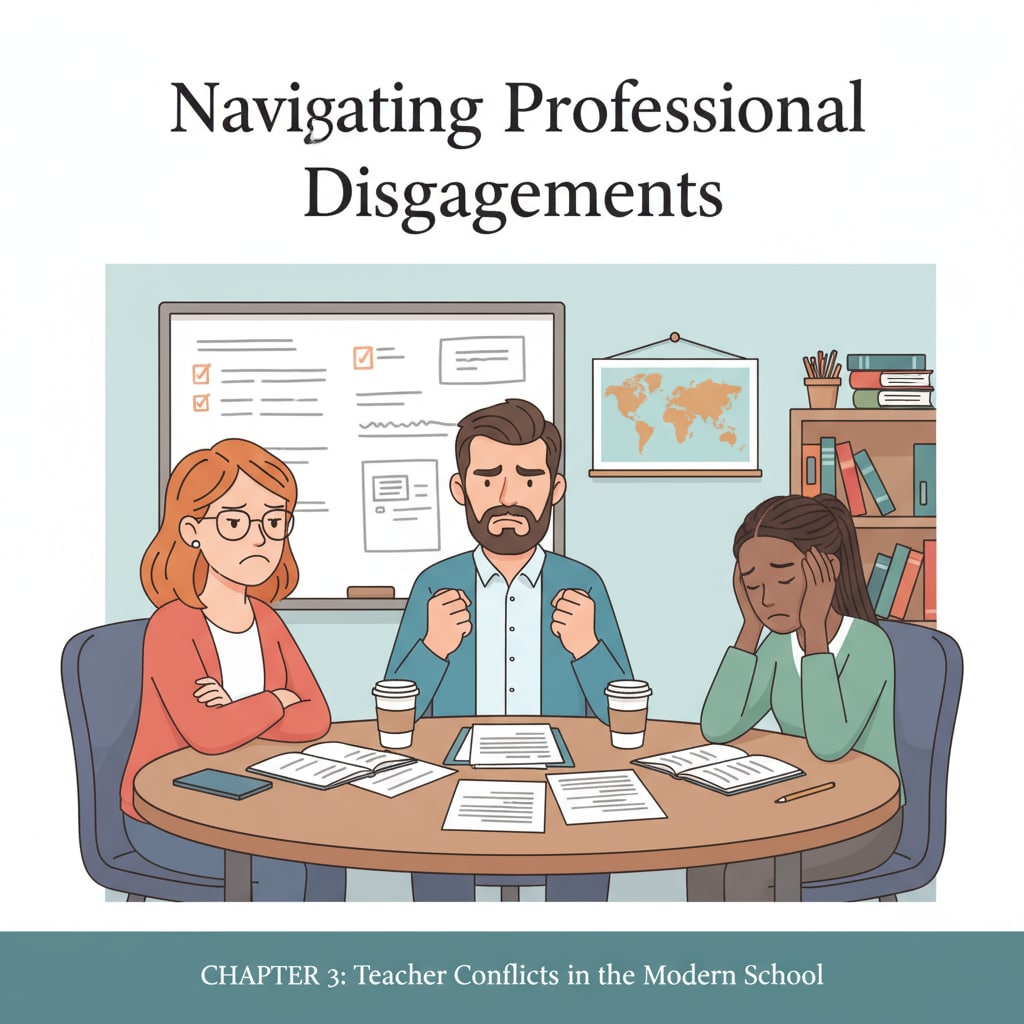In the realm of school management, the challenge of dealing with hostile work environments, teacher conflicts, and maintaining a harmonious educational setting is a complex one. School administrators often encounter situations where they have teachers who are highly effective in their teaching but have significant interpersonal problems. This presents a unique dilemma that requires careful navigation.

The Dilemma of High-Performing Problem Teachers
These “problematic yet excellent teachers” can be a double-edged sword. On one hand, their teaching skills and knowledge contribute significantly to student learning. They might have a proven track record of high student achievement, innovative teaching methods, or in-depth subject expertise. However, on the other hand, their poor interpersonal relationships can disrupt the school’s work environment. For example, they may frequently engage in arguments with colleagues, create a tense atmosphere in the staff room, or even cause a negative impact on student morale. As per National Education Association’s resources on teacher conflict resolution, such situations can lead to a decrease in overall staff productivity and a less positive learning environment for students.
Importance of Balancing Professional Competence and Work Atmosphere
Maintaining a balance between a teacher’s professional capabilities and the overall work atmosphere is crucial. A positive work environment fosters collaboration, creativity, and mutual support among teachers. It allows for the free exchange of ideas, which can enhance teaching quality. Conversely, a hostile work environment can lead to high staff turnover, increased stress levels, and a decline in educational quality. According to ASCD’s research on school climate, a healthy school climate, which includes positive teacher relationships, is directly linked to better student outcomes.

To address this issue, school administrators need to take a multi-faceted approach. Firstly, they should clearly define expectations regarding professional behavior. This includes setting standards for communication, respect, and teamwork. By doing so, teachers are aware of what is acceptable and what is not. Secondly, creating a support system can be beneficial. This could involve providing counseling services, workshops on conflict resolution, or mentorship programs. These initiatives can help teachers improve their interpersonal skills and manage their emotions better.
In addition, implementing consequences for inappropriate behavior is necessary. If a teacher continues to engage in actions that disrupt the work environment, appropriate disciplinary measures should be taken. However, it’s important to ensure that these measures are fair and consistent. Finally, administrators should also focus on recognizing and rewarding positive behavior. This can encourage teachers to adopt more collaborative and positive attitudes.
Readability guidance: The article uses short paragraphs and lists to summarize key points. Each H2 section provides a clear focus. The proportion of passive voice and long sentences is controlled, and transition words are used throughout to enhance the flow of the text.


